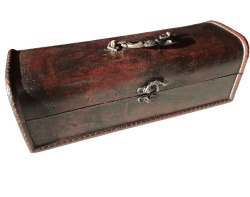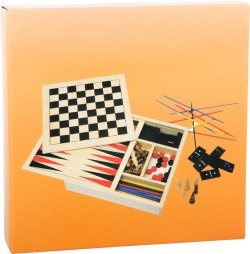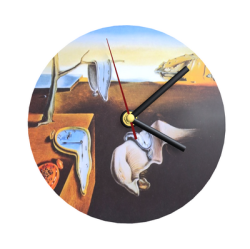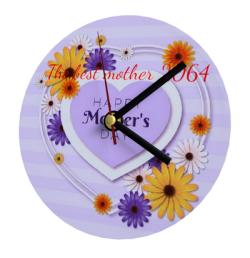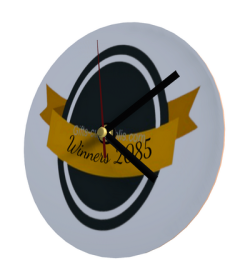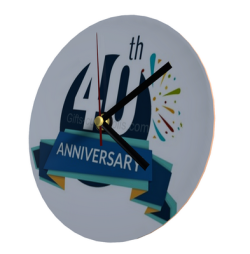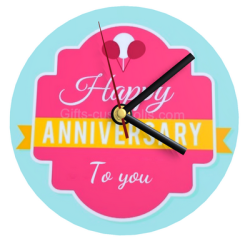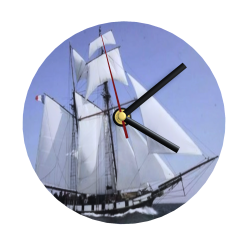Wooden empty wine box
A beautiful wine box with a remarkable handle and a unique closure, to be given as a gift with a good bottle of wine of your choice. Unfortunately, we don't sell wine. However, there are plenty of places to buy a bottle of wine. Ideally, of course, the wine you choose should come from a great vineyard, so as not to devalue the container by harbouring a bottle of plonk, a bad wine. A wine box that stands out from the crowd, with a beautiful, original closure and an equally special handle that looks as if it came from the last century. This wine box is a long-lasting product that you can also give as a gift to someone else or keep for yourself, because it's a beautiful and useful object. Containers and gift wrapping are often made of paper or cardboard, are often single-use and are not always inexpensive. Packaging that in most cases is thrown in the bin to be recycled in the best of cases. On the other hand, the wine box you received with a good bottle of vintage wine, or an original or rare wine, can be given as a birthday or anniversary present. A lovely gift to give to someone you really appreciate, such as a friend or why not your boss at an annual event. The choice of wine is vast: French wine from Bordeaux, Burgundy or elsewhere, wine from Italy, South Africa, Chile, etc. Each vineyard can offer remarkable, admirable vintages. These bottles of wine deserve a prestigious case, a dazzling box like this incomparable and very distinguished wine case.






































